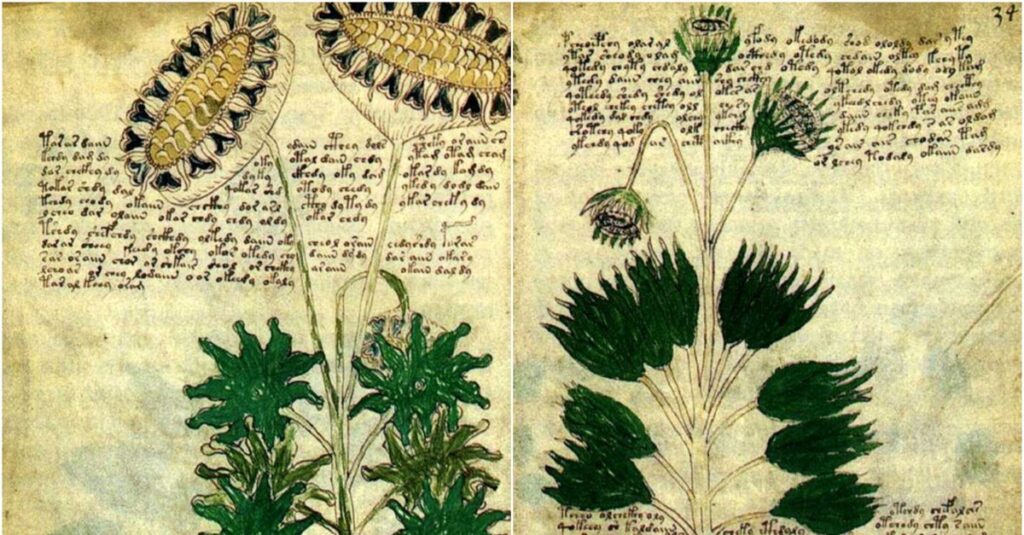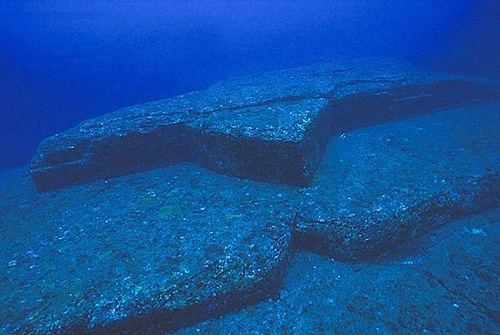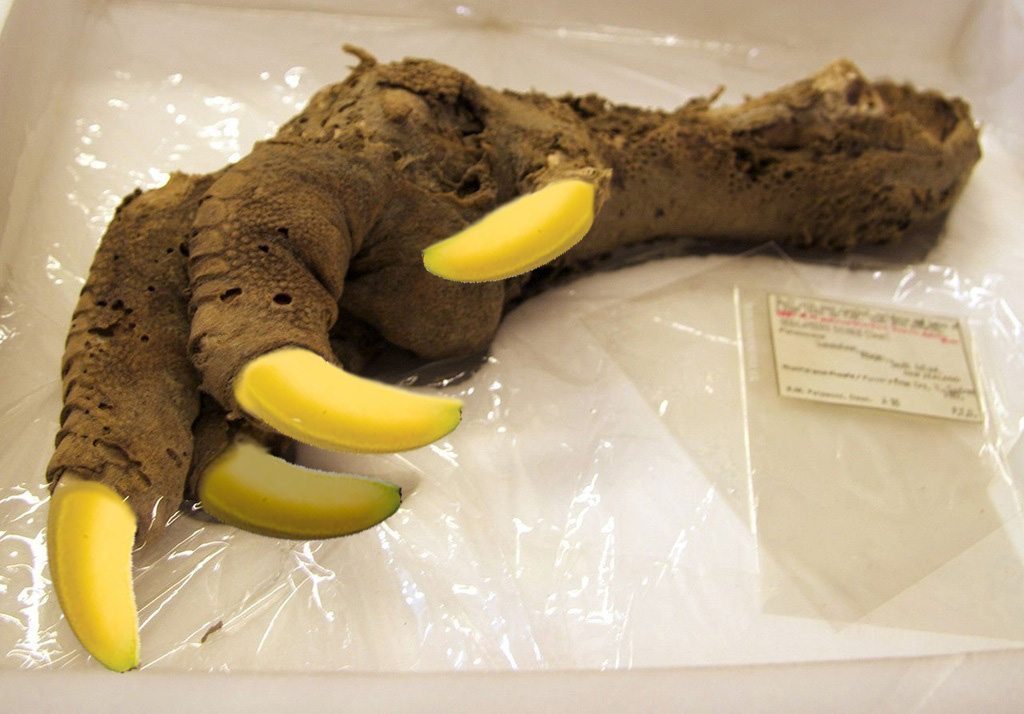Seven mysterious discoveries that have stumped even archaeologists
Archaeologists don’t always stumble across the usual finds. Sometimes they stumble upon things that cause bewilderment and fear. These are seven of the most sensational discoveries that have not been mentioned anywhere.
The Voynich manuscript

The Voynich Manuscript was not named after the author but after Wilfrid Voynich, the bookshop which bought the mysterious Codex in 1912. It has not yet been possible to establish who is behind the handwritten artefacts, written in an unknown language. In addition to the unreadable text, it is decorated with illustrations of unrecognisable plants and objects. Of course, the manuscript is the source of an ever-evolving conspiracy theory. The latter claims it was created as an elaborate joke. However, writing 240 pages of text using a complex system of symbols can be very difficult.
Yonaguni Island Memorial

An unsolved underwater mystery was discovered by diving instructor Kihachiro Aratake after a dive off the coast of Yonaguni Island in 1986 and became known as “Atlantis in Japan”. The row of monoliths, in tiers facing the mountains, was 6 metres below sea level. The huge rectangular formation with a stunningly perfect 90 degree angle, straight walls, stairs and columns is thought to be the remains of an ancient city that sank thousands of years ago in an earthquake. But no one knows for sure.
Mount Owen Moa

In 1986, while conducting archaeological excavations in a large cave on Mount Owen in New Zealand, a team of archaeologists discovered a giant claw that resembled the claw of a dinosaur. The claw was still intact and attached to muscle and scaly skin. Experts later confirmed that it was the leg of a now extinct flightless moa bird. The species became extinct around 2000 years ago. The moa was a giant bird, 12 feet tall and weighing up to 250kg. Unfortunately, our early ancestors wiped them out.